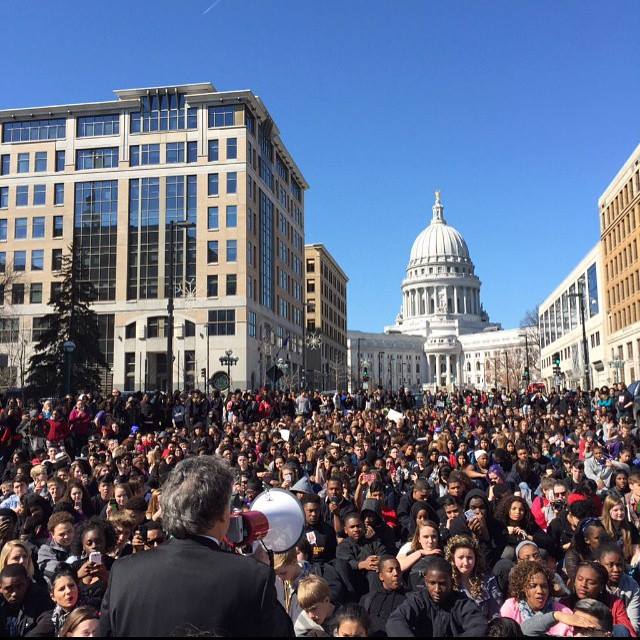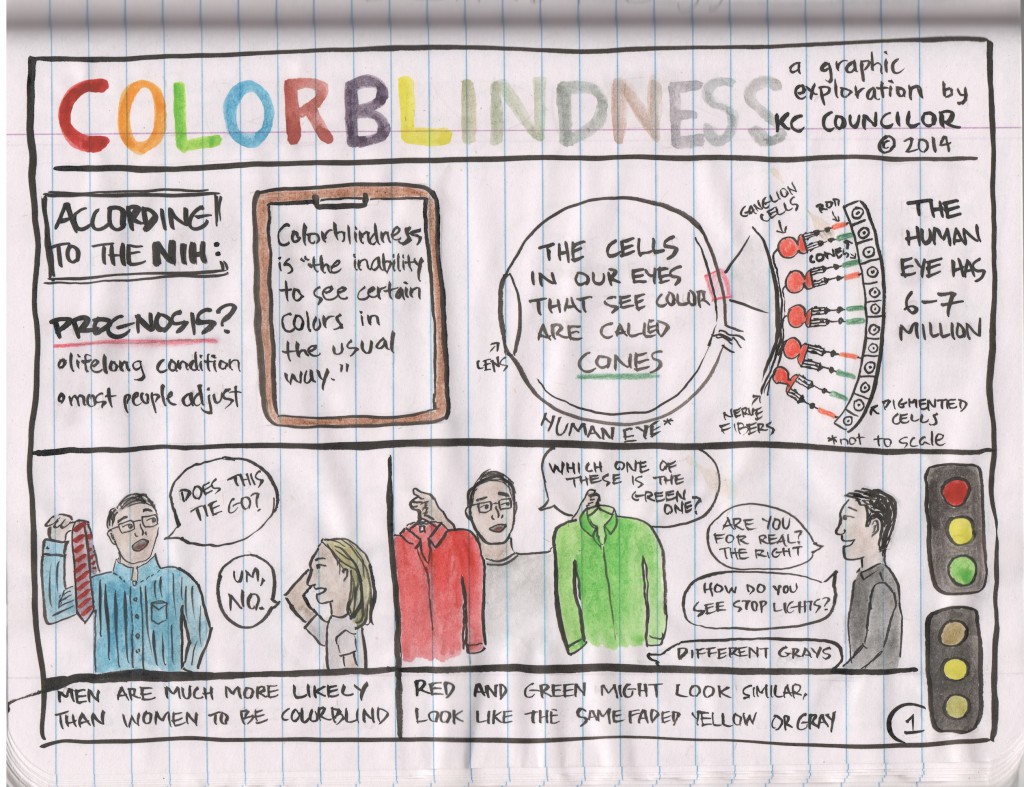The controversial and recent elevation of 31-year old South African comedian Trevor Noah to the host of Comedy Central crown jewel the Daily Show proves the power of satire in a hyper-mediated world. Once long-time host Jon Stewart announced his retirement in February, wild speculation unfolded about who his replacement would be. When Comedy Central announced Noah’s promotion, reporters and journalists delved into his corpus of work to make bold pronouncements about his future success as the face of the satirical news industry. Indeed, worries about the racist, sexist, and homophobic nature of some of his Twitter posts have fueled a debate over whether Noah is up to the job. Comedy Central is standing behind their choice.
What this controversy symbolizes to me is recognition of what scholars of rhetoric and media have long known to be true—that satire has an uncanny ability to speak truth to power. And that in a world where many Americans get their news from satirical shows, the host of the Daily Show matters a great deal.
But it also implicates questions of audience and nationalism that lurk under the surface of late-night comedy, a rhetorical form that hinges on its ability to create community. In other words, the central question here is who gets to make fun of us? Part of this debate swirls around ethos, or credibility. And the credibility of the Daily Show matters a great deal for its ability to be a democratizing voice—one of the great powers of satire in the public arena. Indeed a 2009 Time poll found Jon Stewart to be the most trusted newsperson in the country.
The other part of this question deals with who the “us” is. It is important to note that the audience for the Daily Show is a largely young, well-educated, male audience. But it’s also an audience, I argue, steeped in traditions, language, and values of the United States. Satire works when an audience feels like it is “in” on a joke—it depends upon a feeling of community with the joke teller. The audience cannot feel like the object of scorn. Thus, I submit part of the controversy here is a subtle unease with allowing someone from outside of the United States to be the one that makes fun of us and our government. (Not to mention his status as a person of color. Who knows what uncomfortable conversations about race this may spur!)
Of course, one way in which Noah can get “in” with “us” is to create a third object of derision or ridicule to triangulate against the United States government and his audience. And it seems like, based on his previous Daily Show appearances, that Noah’s native South Africa might provide such a foil. Indeed, in one appearance on the Daily Show, Noah used (the whole continent of) Africa as a way to demonstrate U.S. racism. While this routine did ultimately end up making Stewart and the United States the object of scorn, it reinforced commonly held beliefs about Africa as the backward, dark continent, while also painting those conditions onto the United States. Of course, perhaps confronting (or perpetuating) stereotypes is another way of creating community. Yet, it will be interesting to see how Noah is able to create the community demanded by satire when he cannot solely rely on comparison. I worry that in the interest of poking fun at the United States, he may continue to reinforce stereotypes about Africa.
However, I am also sympathetic to claims that all comics, like all writers, take time to find their voices, and I will be watching with interest once Noah takes the helm of the Daily Show.





















